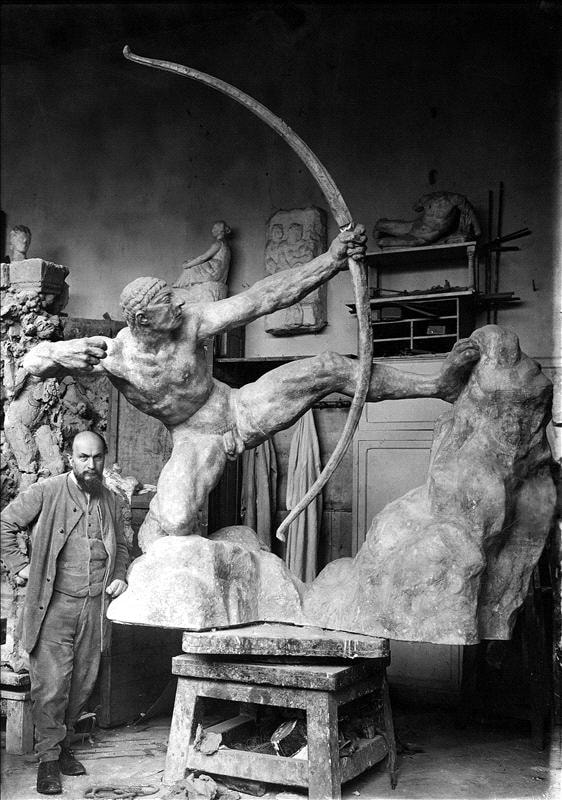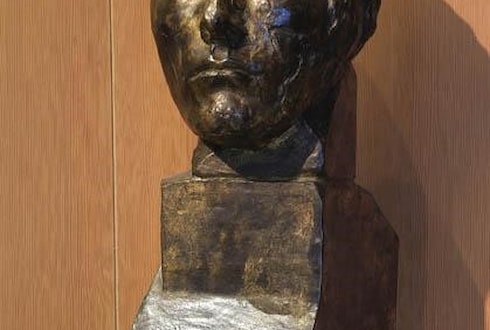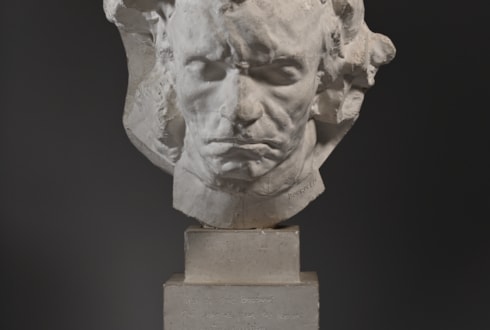
Emile-Antoine BOURDELLE
Born in Montauban, Bourdelle entered the Ecole des Beaux-Arts in Toulouse in 1876 and moved to Paris in 1884, where he joined Alexandre Falguière's studio. But the young artist soon left this academic studio and decided to work in his own studio in Impasse du Maine (Paris).
In 1893, Rodin welcomed him as a practitioner. Bourdelle was influenced by the great expressivity and strength of the figures transcribed by the power of the modelling. These characteristics were reflected in his first public commission, in 1895, a war memorial for his hometown of Montauban.
1900 marked a turning point in his career, with the presentation of the Tête d'Apollon (Apollo's Head), a manifesto of his work and resulting from subsequent research at the Montauban monument. His first solo exhibition was held at Hébrard in 1905, which gives him greater visibility and enabling him to devote himself fully to his art.
Mythological stories, sometimes interpreted through the prism of symbolism, are one of his main sources of inspiration. Such is the case with the Herakles archer, whose body is both dynamic and taut, ready to make a powerful shot at the birds of Lake Stymphale.
The height of the sculptor's career was a balance between teaching and prestigious public commissions. At the Grande Chaumière, he taught many young artists who came from all over Europe to receive advice from the man who was both Rodin's heir and a complete artist who knew how to distance himself from the master to achieve his own originality. His pupils included Alberto Giacometti and Germaine Richier. He participated in the creation of the modern decoration (made of concrete) for the Théâtre des Champs Elysées, as well as the monument à Alvear, commissioned for Buenos Aires.



